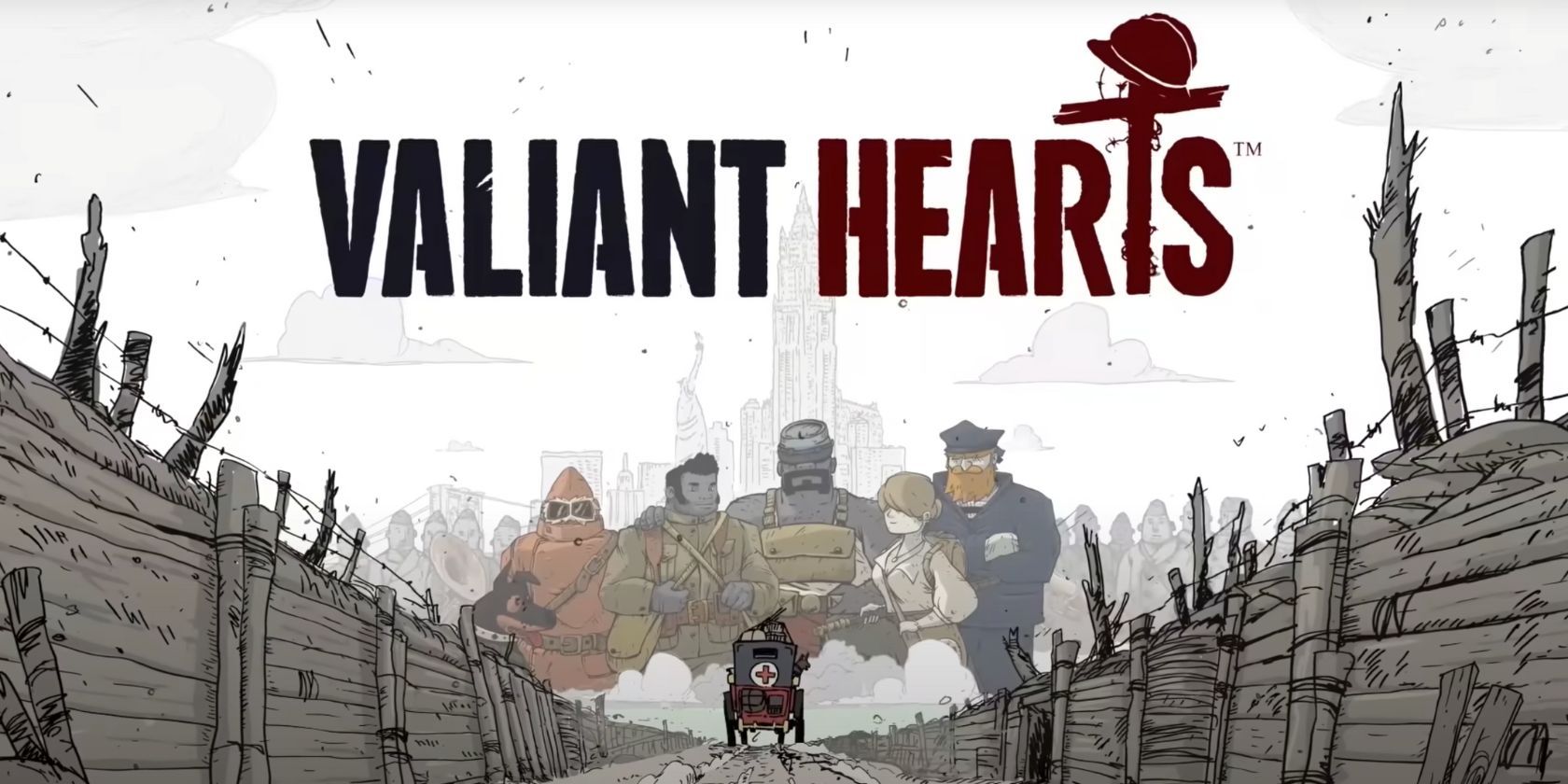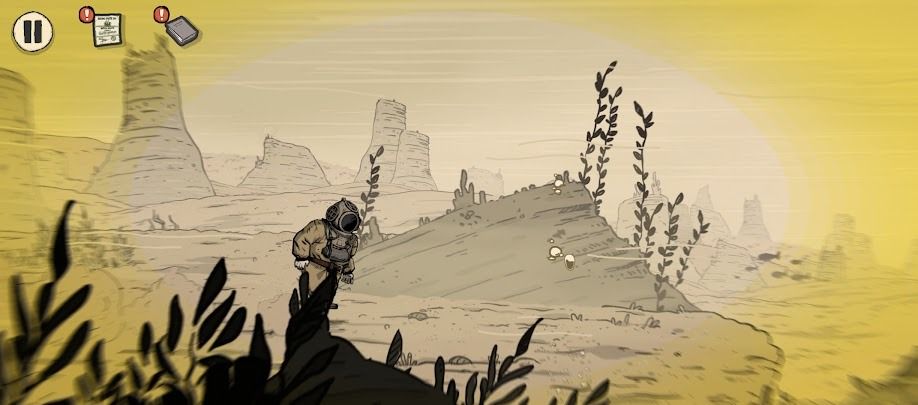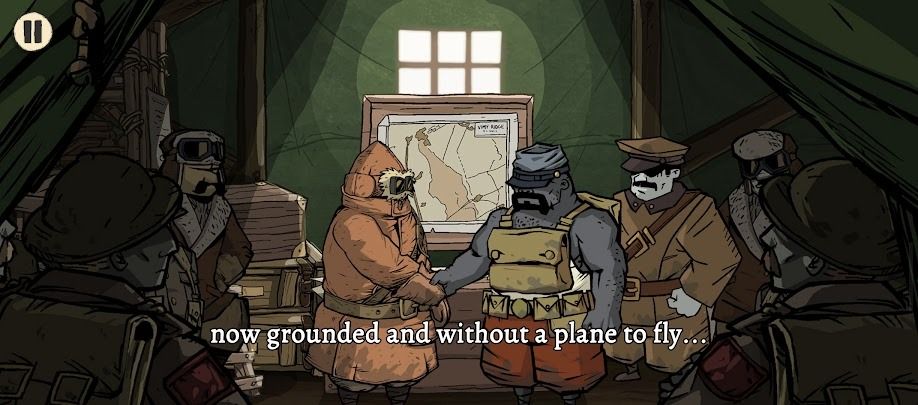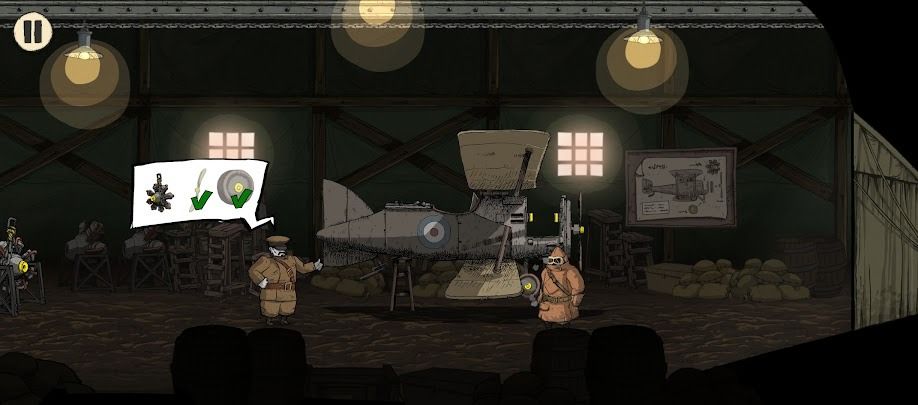Valiant Hearts: Coming Home is the sequel to 2014's Valiant Hearts: The Great War. It's the same kind of playable graphic novel where you'll control a handful of characters as they attempt to survive the most devastating conflict in human history. The narrative touches on elements of war that few games do, notably starting its first chapter covering the segregation within the US army. It's a beautiful game, both visually and narratively, and for the first time, I feel like Netflix Games has a title that deserves to be there.
Valiant Hearts: Coming Home is a narrative experience at heart. In our hands-on recording below, we did not spoil any major plot points.
Coming Home offers a touching narrative throughout
Netflix Games' library is entirely random. It's grown massively since its humble beginnings, and the selection of games is worth checking out for Netflix subscribers. But the game choice seems to be based on investment value, not quality. Coming Home is a narrative game that has flown under the radar for most people. But here I found a game that offers me a quality story, precisely what I go to Netflix for.
Coming Home's narrative touches on heavy topics, but the beautiful hand-drawn graphics and charming characters disarm you slightly. I was still figuring out the controls when a recruiting sergeant blocked me from entering a door and pointed behind him. From there, my character (an African-American) picked up a broom instead of a rifle and was run through an obstacle course where I learned the rest of the controls. However, in the background were the white recruits, practicing with rifles and parading in front of flags.
This segment at the beginning of Valiant Hearts: Coming Home is representative of the entire game. While cutscenes explain the background and the stakes, the gameplay forces you to come to terms with the context of each scene. The narrative is touching and forceful but doesn't brush over its complex topics.
Gameplay is deceptively simple
Valiant Hearts: Coming Home is an interactive story, so the gameplay is designed to ease you through the narrative rather than throw up tons of roadblocks. Controls are easy-to-learn swipe or tap actions that soon become muscle memory.
Most gameplay involves point-and-click actions that ask you to solve simple puzzles to advance the narrative. For example, I had to drag barrels, shake a tree, and maneuver a crane to rebuild a plane in an early chapter, which took roughly two minutes. Collectibles are scattered around each level, and short action scenes temporarily raise the pace.
Initially, I was a little disappointed in these mechanics. Where were the stakes? Why should I care about the events when I could solve these puzzles in my sleep? But somehow, I did. I eagerly approached each puzzle, determined to do my best and bring my characters through safely. Again, failure merely requires you to restart the level, but I couldn't help but feel I'd failed my characters whenever I messed up. This emotional connection is what ties you to the gameplay.
The 2D art sets the scene for Valiant Hearts
Of course, as a playable graphic novel, the narrative goes hand in hand with the art. Fortunately, Valiant Hearts: Coming Home manages to knock it out of the park with charming graphics that don't trivialize the narrative.
The 2D graphics wouldn't be out of place in a children's book. Rather than accurately depicting each scene's visuals, they bring to life the atmosphere of the environment. The gloomy, moonlit trenches are appropriately subtle, and the chunky people are filled with character.
Valiant Hearts offers an emotional, accessible, WW1 narrative
It's hard to find any fault with Valiant Hearts. While I can imagine some players getting bored with the simplistic puzzles, the game's overall length is short enough that it's worth soldiering through. So when you settle down to binge another Netflix show, why not try what is undoubtedly one of the best Netflix games instead?




